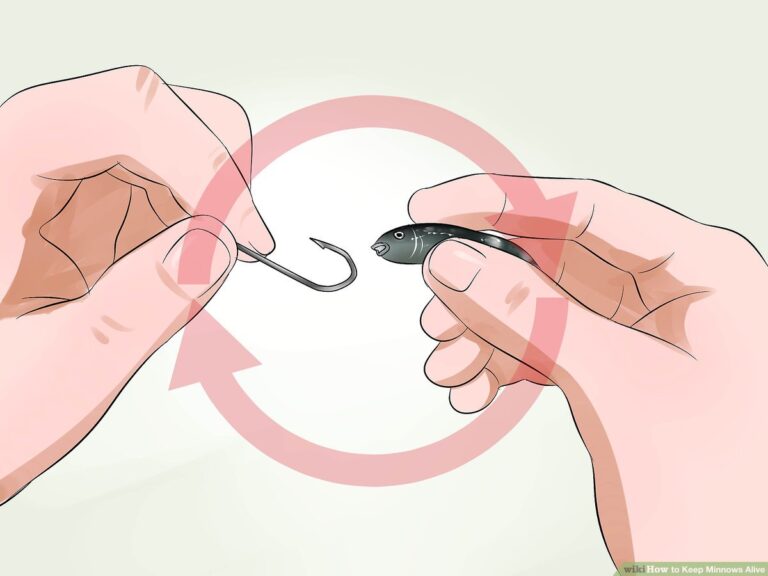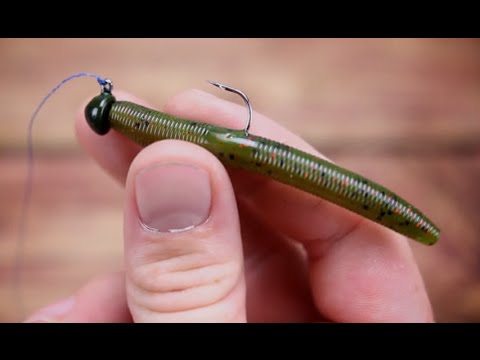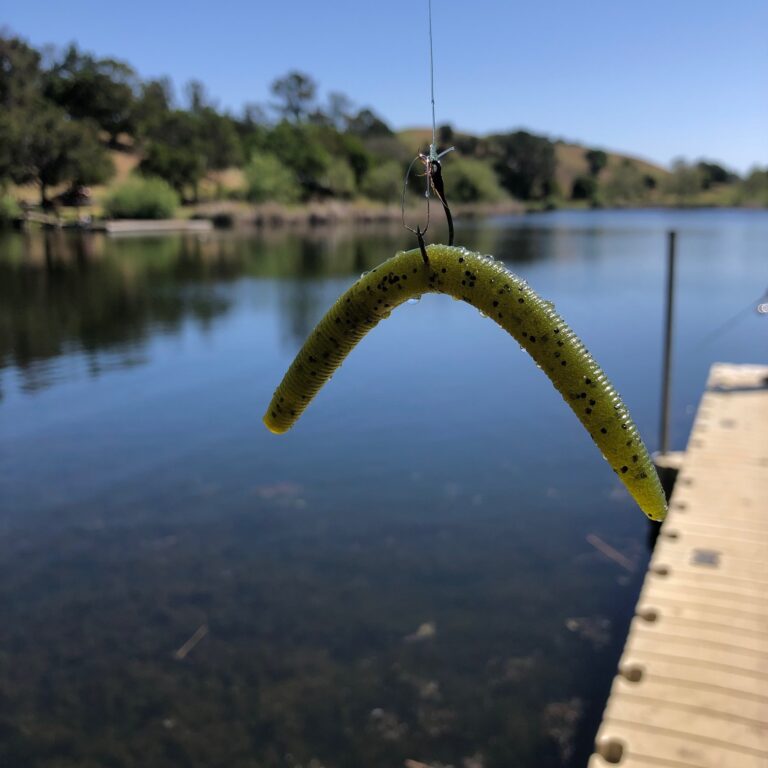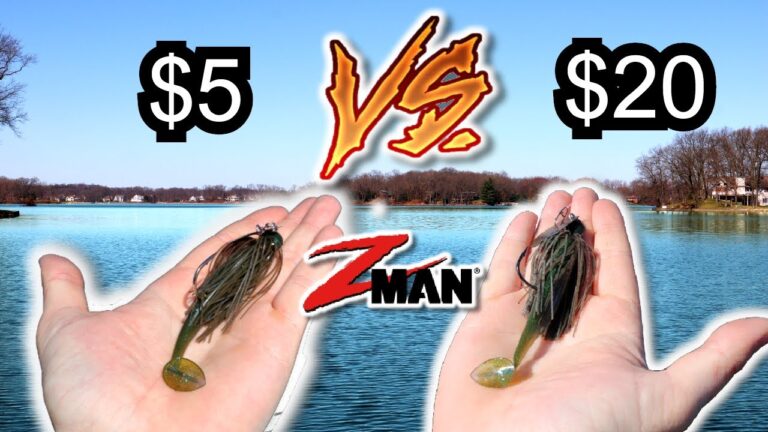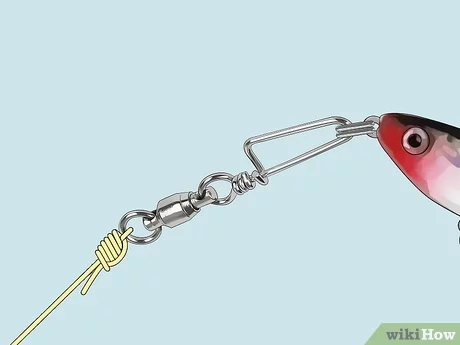How to Rig a Minnow for Crappie
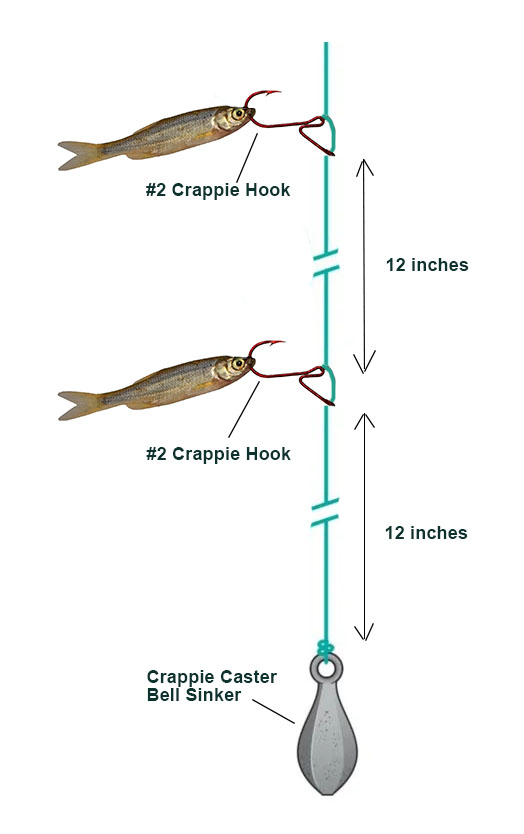
To rig a minnow for crappie, hook it through the lips by threading the hook through the bottom and then top lip or insert the hook on the minnow’s back right behind its dorsal fin. This method helps the minnow swim and breathe and is great for still fishing, keeping the minnow alive longer.
Crappie fishing is a popular activity among anglers, and rigging a minnow correctly can greatly increase your chances of success. By following the proper technique of hooking the minnow through the lips or on its back, you can ensure that it moves naturally in the water and attracts the attention of crappie.
We will discuss how to rig a minnow for crappie effectively, providing you with valuable tips and insights to enhance your fishing experience. Whether you are a beginner or a seasoned angler, this guide will help you improve your chances of catching crappie using minnows as bait.
Rigging A Minnow For Crappie
Preparing the Minnow: When preparing a minnow for crappie, it’s crucial to ensure its health and liveliness, as this will attract more fish. Check the minnow for any signs of distress or weakness before rigging it.
Choosing the Rig Type: There are various rig types to consider, such as using a bobber or a jig. Selecting the right rig type depends on the fishing conditions and the behavior of the crappie.
Hooking the Minnow: Properly hooking the minnow can significantly impact its movement and presentation in the water. It’s essential to use the right hooking technique to mimic natural bait movement.
Setting Up the Fishing Line: Once the minnow is rigged and secured, setting up the fishing line properly is crucial for an effective crappie fishing experience. The choice of line, weight, and leader length can play a significant role in attracting the fish.
Tips and Techniques: Utilize tips and techniques specific to crappie fishing, such as adjusting the depth of the bait, incorporating live bait presentations, and understanding the behavior of crappie in different water conditions.

Credit: m.youtube.com
Preparing The Minnow
When rigging a minnow for crappie fishing, it is essential to follow certain steps to ensure success. Preparing the minnow involves selecting live minnows, keeping them alive, and removing excess scales.
The first step is to carefully select live minnows for bait. Look for minnows that are lively, active, and appear healthy. Avoid using minnows that are sluggish or appear sickly.
Next, it is important to keep the minnows alive while fishing. Use a bait bucket or aerated container filled with fresh water to keep the minnows alive and healthy. This will help maintain their liveliness and attract the crappie.
Lastly, before rigging the minnow, remove any excess scales that may hinder its movement in the water. This can be done by gently running your fingers or a cloth over the minnow, removing any loose or excess scales.
By following these steps, you can rig a minnow effectively for crappie fishing and increase your chances of a successful catch.
Choosing The Rig Type
When it comes to rigging a minnow for crappie, there are different types of rigs that you can choose from. The first type is the Slip Bobber Rig, which involves using a slip bobber to allow the minnow to swim freely at a desired depth. This rig is effective for targeting crappie in various water depths.
Another rig option is the Jig Rig, where you attach a jig head to the line and then thread the minnow onto the jig. This rig allows you to control the movement of the minnow and target specific areas where crappie may be hiding.
The Double Jig Rig is a variation of the Jig Rig, where you use two jig heads instead of one. This rig can increase your chances of catching crappie by offering a larger bait profile and mimicking a small school of baitfish.
Regardless of the rig type you choose, it’s important to hook the minnow properly. You can hook a minnow through the lips or on its back right behind its dorsal fin, depending on the fishing technique you are using. Make sure the minnow is secure on the hook to ensure maximum action in the water.
Remember to experiment with different rig types and techniques to find what works best for you in different fishing conditions. Happy crappie fishing!
Hooking The Minnow
Hooking a minnow for crappie fishing involves threading the hook through the bottom and top lip, allowing the minnow to swim and breathe freely. Another effective method is to insert the hook behind the dorsal fin, especially suitable for still fishing as it keeps the minnow alive longer. Using a simple bobber rig can enhance the bait presentation, whether with live minnows, night crawlers, or artificial lures. A well-rigged minnow can significantly improve your chances of catching crappie in various fishing conditions.
Setting Up The Fishing Line
Attaching a Snell Knot:
- Hook a minnow through the lips by threading the hook through the bottom and then top lip. This helps it swim and breathe.
- Alternatively, insert the hook on the minnow’s back right behind its dorsal fin. This method is great for still fishing and typically keeps the minnow alive longer.
Securing the Wrap Line:
After tying the Snell Knot, make sure to secure the wrap line to prevent it from getting snagged or coming undone.
Using a Split Shot:
Depending on the depth and the current, using a split shot can help in keeping the minnow at the desired depth.

Credit: www.pinterest.com
Tips And Techniques
Fishing with a Slip Bobber and Live Minnow:
- Rig a live minnow for crappie fishing by hooking it through the lips or on the back behind its dorsal fin. This ensures it can swim and breathe properly.
- Use a slip bobber when fishing with live minnows to help control the depth at which your bait is presented.
Using Brush Piles for Crappie:
- Setting up on brush piles can be an effective way to target crappie. Look for submerged trees, logs, or other structures where crappie tend to gather.
- Measure the size of your catch using a measuring tape or ruler. Keep only the legal-sized crappie and release the rest to ensure the sustainability of the population.
Re-rigging and Frying the Catch:
- If your rig gets tangled or damaged, take the time to re-rig it properly. A well-rigged setup increases your chances of hooking crappie efficiently.
- After a successful day of fishing, fry the caught crappie for a delicious meal. Use your favorite breading or seasoning to enhance the flavor.
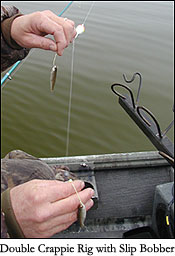
Credit: www.reelfoot.com
Frequently Asked Questions On How To Rig A Minnow For Crappie
How Do You Hook A Minnow To Catch Crappie?
To hook a minnow for crappie, thread the hook through its lips or behind the dorsal fin. This allows the minnow to swim and breathe, ideal for still fishing. Alternatively, run the hook through the back, between the top fin and lateral line, tail, or eye socket.
How Do You Rig A Minnow?
To rig a minnow for crappie fishing, hook it through the lips to allow it to swim and breathe. Alternatively, you can insert the hook on the minnow’s back behind its dorsal fin. This method is ideal for still fishing and helps keep the minnow alive longer.
What Is The Best Setup For Crappie Fishing?
For the best setup for crappie fishing, hook a minnow through the lips or on the back behind the dorsal fin. This helps the minnow swim and stay alive longer while still fishing.
Do You Use A Bobber With Minnows?
Yes, a bobber is commonly used with minnows to keep them at the desired depth and alert to bites.
Conclusion
Rigging a minnow for crappie fishing can greatly enhance your chances of a successful catch. From hooking the minnow in different ways to setting up the right rig, there are various techniques you can use. Remember to adapt your rig based on the specific conditions you encounter on the water.
Explore, practice, and experiment to find the rigging method that works best for you and enjoy a rewarding and fulfilling crappie fishing experience.

